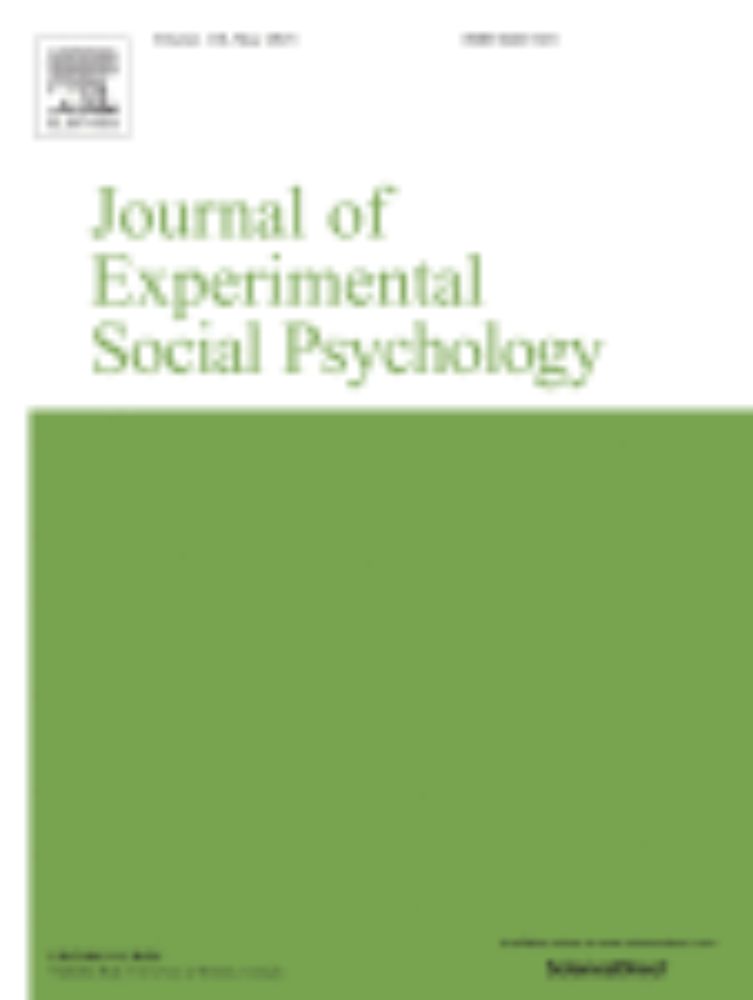In four preregistered experiments, we show that inactions influence evaluations of faces. (1/5)
www.sciencedirect.com/science/arti...

In four preregistered experiments, we show that inactions influence evaluations of faces. (1/5)
www.sciencedirect.com/science/arti...

